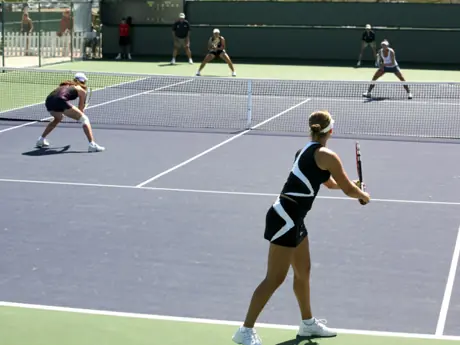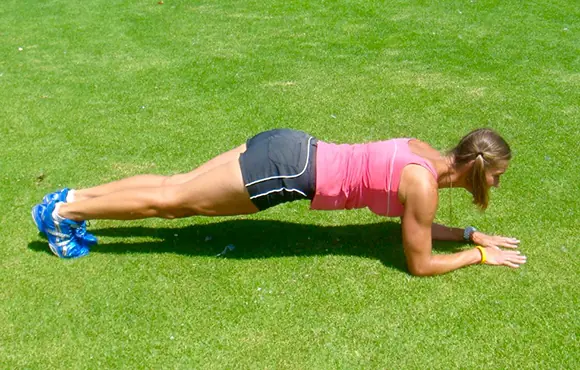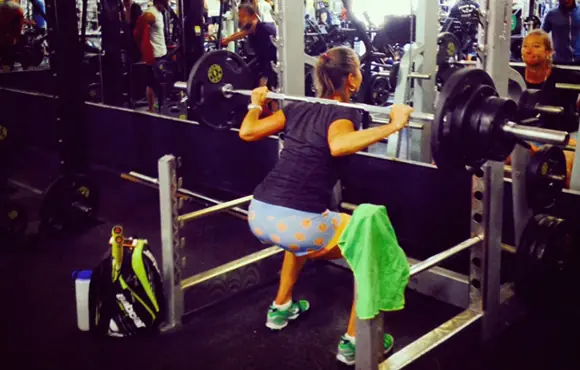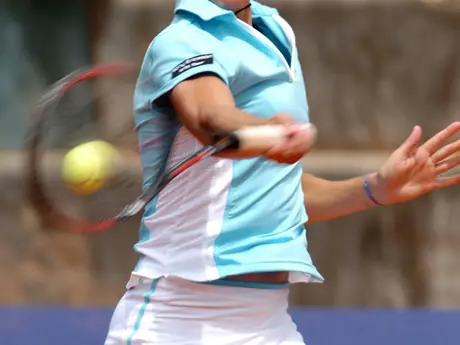
Today's tennis players are very knowledgeable. They read about the game, buy tennis videos, and watch professional matches on high-definition TV.
But despite all of our sophisticated knowledge, a large number of club-level players have a deficiency in their serves. And it all boils down to one common technical error.
One of the most common serving errors I see at the club level is to prep the racket in what I call the "waitress" position, where the racket head is parallel to the ground at the cocked position.
More: 5 Steps to a Supersonic Serve
The racket should be on edge when it is in the cocked position because it should resemble the position of the arm preparatory to a throwing action.
When the racket is on edge and the elbow is bent, then as it straightens out, it also has the second function of turning the forearm outward so that the wrist can roll and snap outward to give the racket maximum acceleration.
When the forearm is already turned forward in the cocked position, this second function of the elbow has been eliminated. This means there is no wrist roll, but only a wrist snap. This makes for an ineffective serve and also puts great stress on the wrist.
More: Tennis Elbow Treatment and Exercises
The cause for this error is easy to pinpoint: It's not because players don't want to serve with a throwing motion, rather it is simply a fear of missing the ball.
What happens is that as the player swings backwards and goes into the correct "on-edge" cocked position their brain says, "Wait a minute! The racket is on edge behind your back. You may miss the ball. Why not just turn it flat right now then you can be sure to meet the ball with the full racket face."
Most players succumb to this small voice and end up with an ineffectual serve, at best -- and a strained wrist, at worst.
A good exercise to overcome this problem is to choke the racket near the throat and hit the ball with an abbreviated backswing, focusing the "on-edge" cocked position and then the roll of the racket as it reaches up toward the sky.
- 1
- of
- 2
About the Author









Discuss This Article